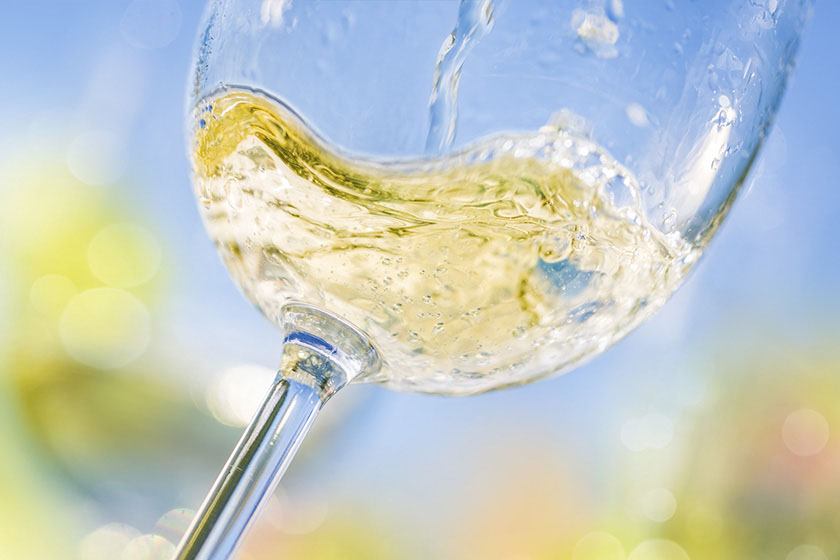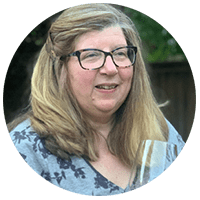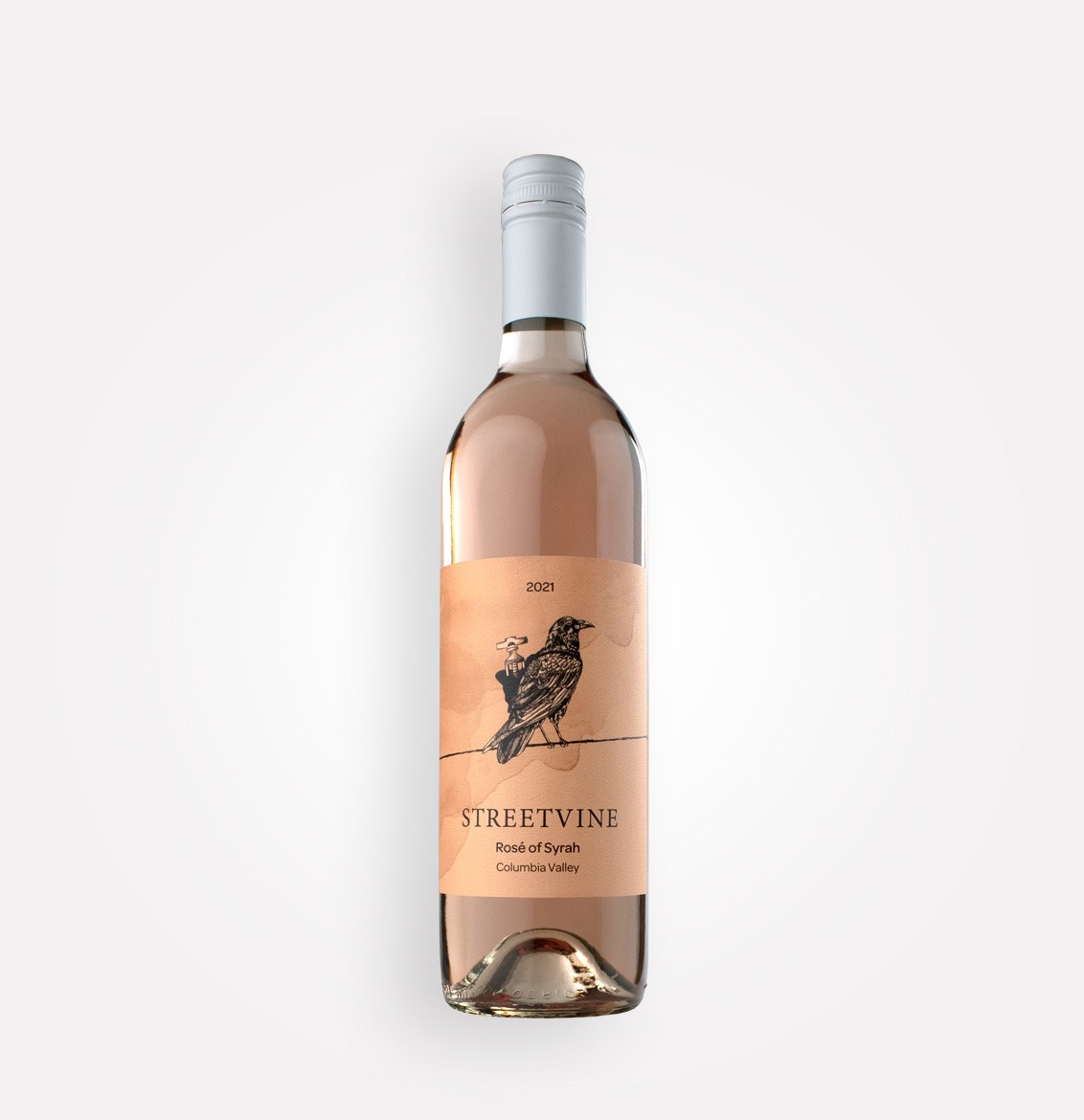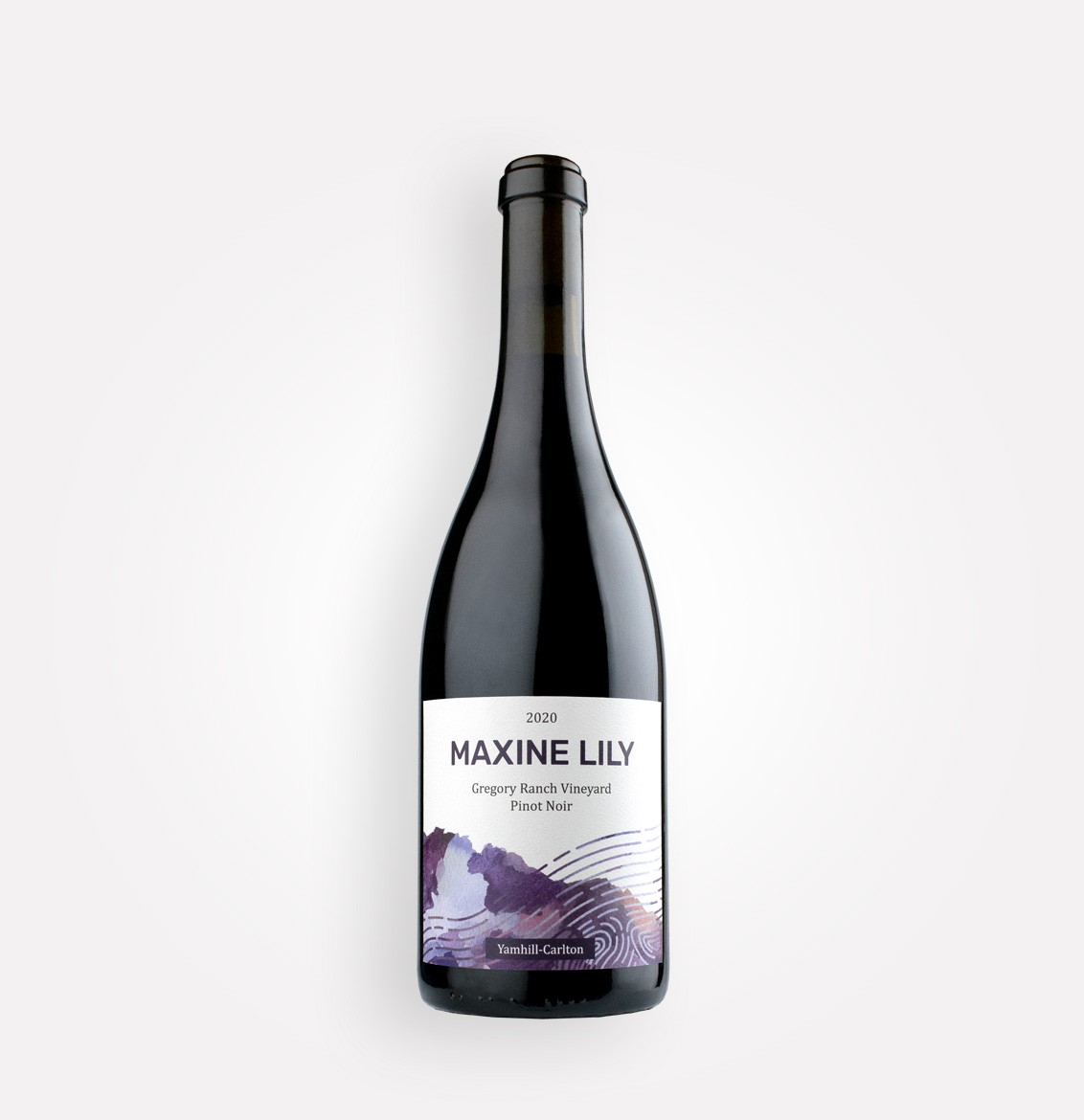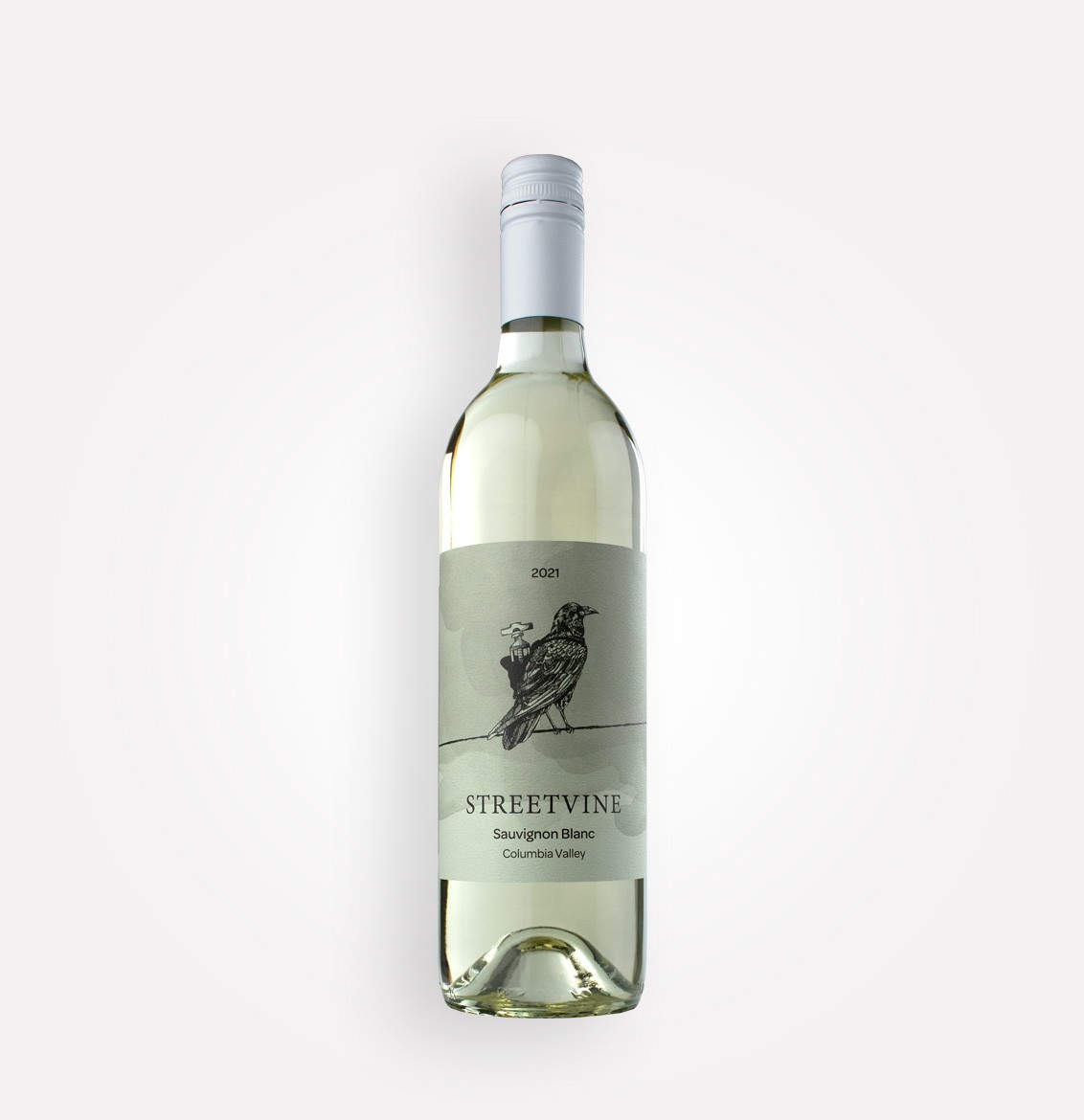Shining Washington white wines
The first wine I made in wine school was Chardonnay. It wasn’t a part of the sanctioned curriculum; instead a freelance project with grapes, one of Washington white wine’s early and continuing success stories. My mad homage to Chablis had carboys of fermenting juice in a makeshift cool ferment facilitated by freezing as much water as my Tupperware could take and heaving the icy chunks into the guest bathtub … for several weeks (great for preserving fruit flavors but stresses out the guests).
What’s that about white wine, you ask? Yes, Washington reds have been receiving well-deserved attention, but Chardonnay and Riesling were among the first commercial grapes planted and currently equal nearly the planted acreage of Cabernet Sauvignon. Even with this long history, white wines may be considered weekday or easy-drinking wines that provide a backdrop, not the star. Washington winemakers are hard at work crafting rich and complex Chardonnay that tells a story of where it is grown. Washington’s diverse growing areas produce Riesling in various styles, from elegant bone-dry wines with a fresh floral character and exquisite balance to the full sweet dessert-style wines.
Except for the Puget Sound AVA (American Viticultural Area), Washington wine growing takes place east of the mountains in the sheltering rain shadow created by the Cascades. Warm temperatures encourage ripeness in white grapes, developing full-bodied wines with flavors of tropical and stone fruit, ripe apple, and pear. The sizable diurnal shift with nights 30 to 40 degrees colder than daytime highs ensures that Washington whites have a bright crispness and acidity with enticing aromatic complexity in grapes like Viognier.
Top white wine trends
Growing grapes that prefer a cool climate in a warm location require clever tricks with elevation, slope, and vineyard orientation. The Yakima Valley AVA has more white grapes (mostly Chardonnay and Riesling) planted than red in cooler areas by the Cascade Foothills. The Naches Heights AVA similarly creates a home for Chardonnay with its gentle upward slope to 2100 feet close to the mountain front. Riesling thrives in the higher elevations of the Rattlesnake Hills AVA. In the Ancient Lakes AVA, its northern latitude accentuates the diurnal shift and brings early Autumn temperatures that maintain crisp acidity in both Chardonnay and Riesling. The lovely Lake Chelan AVA maintains acidity in its wines with the overall climate moderating influence of Lake Chelan.
The Puget Sound AVA is part of the white wine story too. Our unique AVA west of the Cascade mountains, with its maritime climate and dry-farmed vineyards, features cool climate-loving Siegerrebe and Madeleine Angevine for those looking for something different.
The white grape story in Washington is ever-changing, with considerable Columbia Valley acreage devoted to Sauvignon Blanc and Pinot Gris. Sauvignon Blanc’s favorite Old World blending partner, Semillon, can be found in the traditional white Bordeaux blend and single varietal bottlings. Washington Grenache Blanc and Viognier wines are delightful with rich aromatics and flavors. Don’t miss the opportunity to try Roussanne as a single varietal or combined with Marsanne, another Rhone favorite. These wines are full-bodied with rich citrus and stone fruit flavors and medium acidity.
Washington’s wine surprises aren’t over yet; Spain’s native Albariño has found a home and is on the rise!
Learn more about Washington wines
10 things we love about Washington wine
A brief history of Washington wine
Perspectives on Washington and Bordeaux

